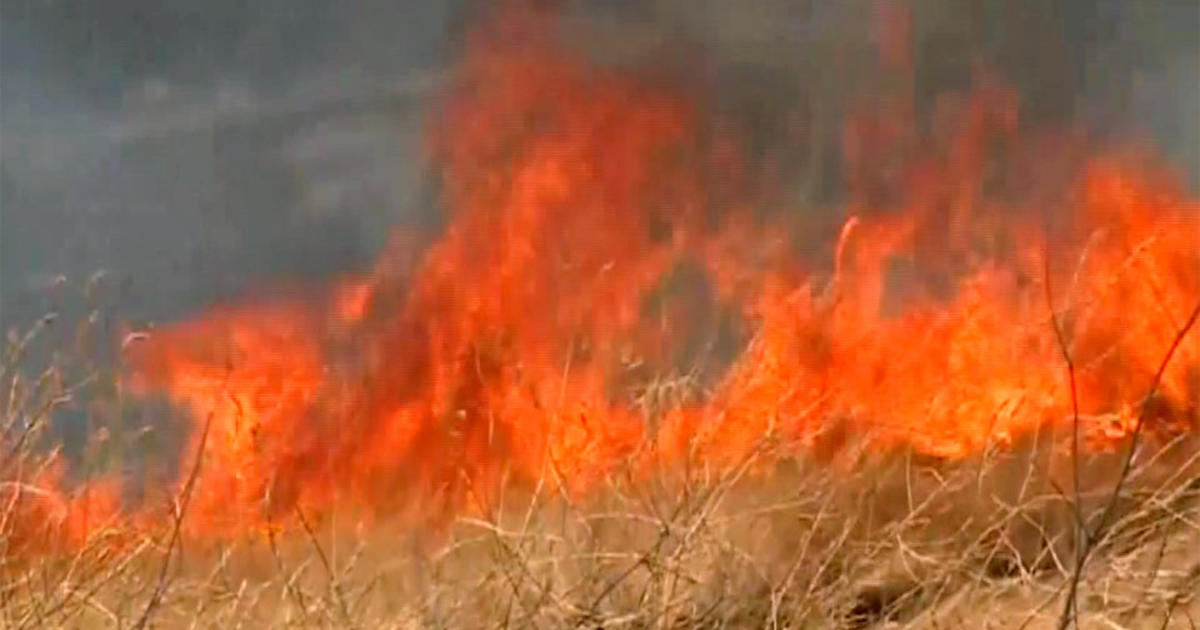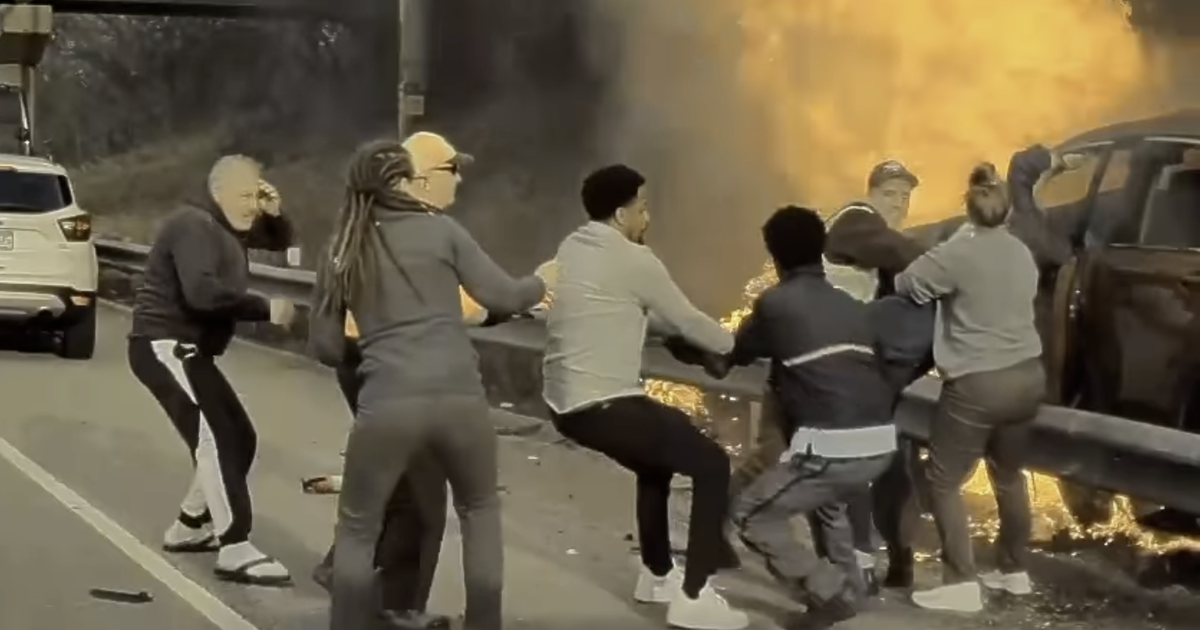Signs Of Rebirth Sprout In Minn. Forest Fire Area
ELY, Minn. (AP) -- Forest Service officials are preparing to leave it to Old Man Winter to kill the last remnants of a forest fire that blackened nearly 145 square miles of northeastern Minnesota in and near the Boundary Waters Canoe Area.
And they're turning their attention to next summer's throngs of campers. The Pagami Creek fire burned one of the most popular sections of the wilderness area, and the officials took steps Wednesday to assure paddlers the area will be open and worth visiting.
"We wanted people to see what it looks like in here, how the fire burned and what people can expect when they plan their trips for next year," said Mark Van Every, district ranger for the Superior National Forest. "I wanted to see it, too. . I've been flying over it for two months but it looks a lot different from the water."
A few snowflakes fell as officials led journalists on a tour of the fire area Wednesday. Wisps of smoke and flame still spring up in spots, though the fire is no longer considered a threat to spread. The last firefighters on the ground are expected to pull out this week. The fire, which was 91 percent contained as of Thursday, will be patrolled and attacked by air, if necessary, until the snow douses it for good, officials said.
The popular route through Lakes One, Two and Three east of Ely is lined with stretches of blackened trees. But it's a mosaic. The view across the lakes, even from charred campsites, is still dominated by green. Some islands and peninsulas burned hard, with only white rock showing amidst the charred trees and ground. But big white pines reach for the sky as they have for 200 years.
Some recovery is already evident, with green grasses sprouting among charred logs. Wolf scat lay along a portage trail, and freshly gnawed branches were piled atop a beaver lodge. A bald eagle scouted for fish from a treetop along Lake Three.
Many campsites were spared. Of the more than 2,000 campsites across the BWCA, and 114 within the fire perimeter, only about 50 sustained any damage. Fewer than 10 are likely to be closed when campers hit the lakes next May, Van Every said. New latrines have been portaged in.
Van Every and district wilderness manager Carl Skustad showed reporters at one campsite how crews had cut down "snags," burned trees that could fall on campers. Because of snags that will be left standing, paddlers will be warned not to cruise too close to burned shorelines.
"It may not look the same as it did before, but it's ready to go," Skustad said. "It's not the same scenery, but it's still scenic."
At a harder-hit campsite a mile or so down Lake Three, virtually every tree was black, and the fiberglass latrine was melted.
"All of this happened on September 12th. In a couple hours," Van Every said.
Still, Van Every thought even that site could re-open next year.
"It may not be someone's first choice to camp, but I don't think it would be that bad here by spring," Skustad said. "When spring green-up comes, there's going to be a lot growing here."
It will be up to the canoeing public to decide whether to come back to the burned area, which represents about 9 percent of the entire BWCA, or head for other parts of the wilderness. Some outfitters said it took four years for visitor patterns to return to normal after the 2007 Ham Lake fire burned nearly 120 square miles to the east along the Gunflint Trail.
"I think it's an important part of this fire story that people know it didn't all burn, that it's not all black but a lot of green interspersed," Van Every said. "But we won't know until next year how people will react."
Area outfitters will get a tour themselves Monday. Zack Imes, operations manager at Wilderness Outfitters in Ely, said he's eager to be able to "give customers the first honest sense of what it looks like."
Lee Frelich, director of the University of Minnesota Center for Forest Ecology, said visitors next spring will encounter a landscape that will combine delicate beauty with risks. Blueberry and raspberry shrubs, often the first to repopulate a burned forest, should flourish. Small magenta geraniums may sprout. Young jackpine, whose seeds are released by fire, might be several inches tall late next season.
Grouse, deer and moose thrive in young forests that sprout in burned areas. In the long run, the mix of trees could be different, with more maple or oak.
"It could take several decades to look as it did before the fire," Frelich said. "But with all we know about climate change, it may never."
(© Copyright 2011 The Associated Press. All Rights Reserved. This material may not be published, broadcast, rewritten or redistributed.)



